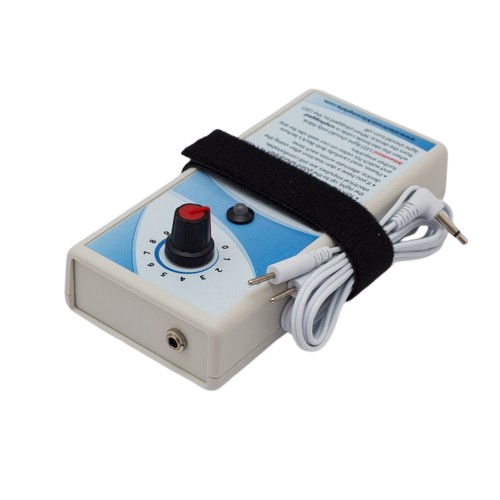Georges Lakhovsky
(1869-1942) was a Russian-French engineer, scientist, and inventor known for his work in the field of electrotherapy and bioelectricity.
Lakhovsky’s most notable invention was the Multiple Wave Oscillator (MWO), which he developed in the 1920s. The MWO was a device that emitted a broad spectrum of electromagnetic waves and was intended for therapeutic purposes. Lakhovsky believed that living cells possess natural resonant frequencies and that disease occurs when these frequencies are disrupted. He theorized that by exposing the body to a range of electromagnetic frequencies, it could help restore cellular harmony and promote health.
Lakhovsky’s work and theories gained attention during his time, and he conducted experiments to demonstrate the effects of the MWO on plants and animals. He claimed that the device could stimulate growth, enhance vitality, and even aid in the treatment of various diseases.
Lakhovsky’s ideas were met with both interest and skepticism from the scientific community. While some researchers were intrigued by his theories and reported positive results, others criticized the lack of scientific evidence and rigorous testing.
Although Lakhovsky’s specific devices and techniques have not gained widespread acceptance within mainstream medicine, his work contributed to the broader understanding of the effects of electromagnetic fields on living organisms. Today, electromagnetic therapy continues to be an area of research and exploration, with various devices and modalities being investigated for potential therapeutic applications.
Georges Lakhovsky’s contributions to the field of electrotherapy and his exploration of the relationship between electromagnetic fields and living organisms have left a lasting impact. While his specific devices may not have gained universal recognition, his work has contributed to the ongoing investigation of electromagnetic therapies and their potential in promoting health and well-being.
